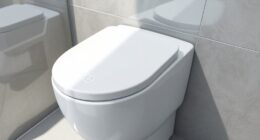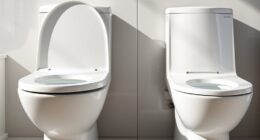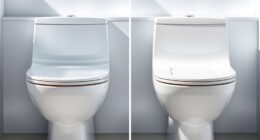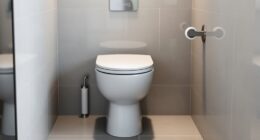Welcome to our guide on floor traps!
Here, we will explore the benefits, workings, and importance of installing a floor trap in your space.
Floor traps are like guardians that prevent unwanted substances from clogging your plumbing system.
With various types available, it’s crucial to understand their differences.

We’ll also share maintenance tips to ensure optimal performance.
So, come join us as we delve into the world of floor traps and empower you with the knowledge for mastery.
Let’s get started!
Key Takeaways
- Floor traps prevent clogging and ensure smooth flow of wastewater, preventing costly repairs.
- They improve hygiene by preventing foul odors and trapping debris, dirt, and hair to prevent blockages.
- Floor traps act as a safeguard against potential flooding and the entry of unwanted pests into living or working spaces.
- Regular maintenance and cleaning of floor traps are essential to maintain their functionality and prevent common problems like foul odors and slow drainage.
Benefits of a Floor Trap
Using a floor trap provides us with numerous advantages, making it an essential feature in our homes.

The functionality of a floor trap lies in its ability to effectively trap and prevent the entry of unwanted substances such as dirt, debris, and insects into the drainage system. This ensures the smooth flow of wastewater and prevents blockages that could lead to costly repairs.
Additionally, floor traps are designed to be easily accessible for maintenance and cleaning purposes, further enhancing their functionality.
The advantages of having a floor trap include improved hygiene, as it prevents foul odors from the drainage system from permeating into our living spaces. Furthermore, it acts as a safeguard against potential flooding by allowing excess water to drain away efficiently.
How a Floor Trap Works
To understand how a floor trap works, let’s delve into its mechanism and functionality.

- Mechanism: A floor trap is typically made of a metal or plastic body with a removable cover. It’s installed in the floor, usually in areas prone to water accumulation such as bathrooms or kitchens.
- Water Flow: When water flows into the floor trap through the drain, it passes through a series of channels or grids. These channels separate solid debris from the water, allowing the water to flow freely into the plumbing system.
- Trap Seal: The floor trap also features a trap seal, which prevents foul odors from entering the living space. This is achieved by creating a water barrier that traps a small amount of water, acting as a seal.
- Common Problems: Some common problems with floor traps include clogging due to hair, soap residue, or other debris. Additionally, improper installation or lack of maintenance can lead to leaks or foul odors.
Understanding the mechanism and functionality of a floor trap is crucial for its proper installation and maintenance. Now, let’s explore the importance of installing a floor trap to ensure a hygienic and efficient plumbing system.
Importance of Installing a Floor Trap
Now, let’s delve into why installing a floor trap is imperative for ensuring a hygienic and efficient plumbing system.
The floor trap installation process plays a vital role in maintaining the cleanliness and functionality of a plumbing system.
By installing a floor trap, you can effectively prevent the entry of unwanted pests, such as insects and rodents, into your living or working space.
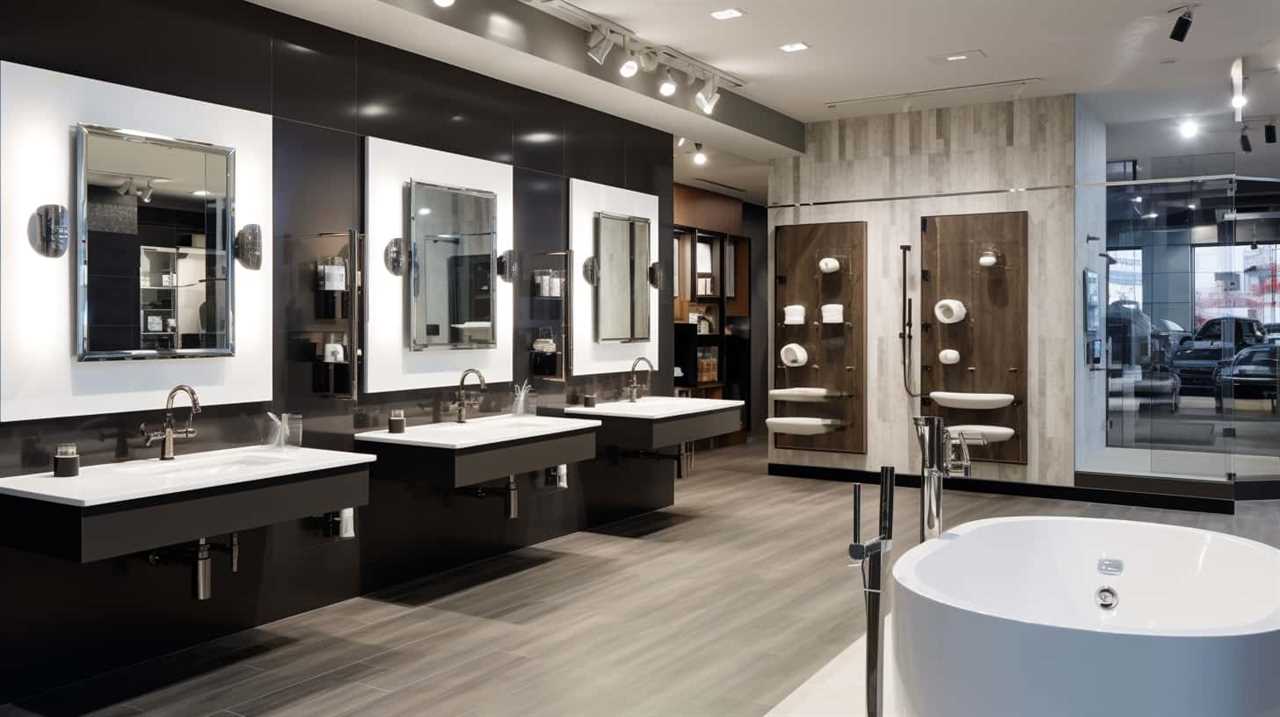
Additionally, a properly installed floor trap helps to trap debris, dirt, and hair, preventing them from clogging the pipes and causing blockages.
Common floor trap problems, such as foul odors and slow drainage, can be avoided by ensuring the correct installation of the floor trap.
Therefore, it’s crucial to follow the proper installation guidelines and seek professional assistance if needed to ensure a seamless and trouble-free floor trap system.
Types of Floor Traps
We will now explore the various types of floor traps, which play a crucial role in maintaining a hygienic and efficient plumbing system. Choosing the right floor trap is essential to ensure proper drainage and prevent blockages.

Here are four common floor traps that you can consider:
- P-trap: This is the most common type of floor trap, shaped like the letter ‘P.’ It effectively prevents sewer gases from entering the living space.
- Bottle trap: As the name suggests, this floor trap resembles a bottle. It’s commonly used in basins and sinks, providing an easy way to clean and remove blockages.
- Gully trap: This floor trap is designed for outdoor areas like balconies and patios. It traps debris and prevents it from entering the drainage system.
- Anti-siphon trap: This floor trap is equipped with a valve that prevents backflow of water, ensuring a steady flow and preventing contamination.
Understanding the different types of floor traps is crucial in choosing the right one for your needs.
Now, let’s move on to the next section where we’ll discuss maintenance tips for floor traps.
Maintenance Tips for Floor Traps
Moving on to maintenance tips for floor traps, let’s talk about how to ensure the longevity and proper functioning of these essential plumbing components.

Preventing clogs is crucial to keep your floor trap in good condition. Regularly clean the trap to remove any debris or buildup that may cause blockages. Use a pipe brush or a plumbing snake to reach deep into the trap and dislodge any trapped materials.
Additionally, consider using a drain cleaner specifically formulated for floor traps to dissolve any stubborn clogs. It’s important to always refer to the manufacturer’s instructions when using these cleaners.
Frequently Asked Questions
Can a Floor Trap Be Installed in Any Type of Flooring, Such as Hardwood or Carpet?
Yes, a floor trap can be installed in any type of flooring, including hardwood or carpet. The installation options for a floor trap are versatile, allowing for proper drainage regardless of the flooring material used.
Are There Any Specific Building Codes or Regulations That Dictate the Installation of a Floor Trap?
Building code requirements for the installation of a floor trap are essential to ensure safety and compliance. It is crucial to follow the proper installation process to meet these regulations and maintain a secure environment.
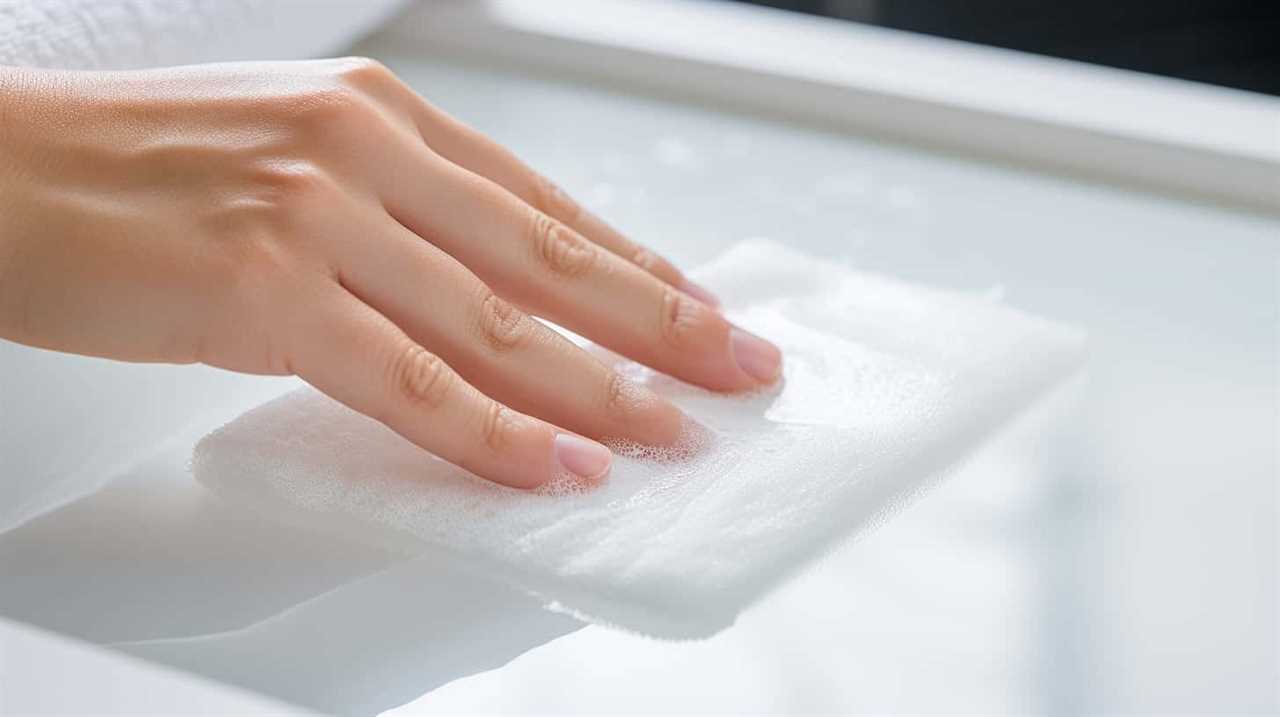
What Are Some Common Signs That Indicate a Floor Trap May Be Clogged or in Need of Maintenance?
Signs of a clogged floor trap include slow draining, foul odors, and water backups. Regular maintenance is crucial to prevent blockages and ensure proper functioning. Neglecting maintenance can lead to costly repairs and health hazards.
Can a Floor Trap Be Installed in Both Residential and Commercial Buildings?
Yes, a floor trap can be installed in both residential and commercial buildings. The installation requirements and cost comparison may vary depending on the specific building codes and regulations in place.
Are There Any Alternative Options to Floor Traps for Preventing Floor Drain Blockages?
There are alternative options to floor traps for preventing floor drain blockages. While they may have their own benefits and drawbacks, exploring these options can provide a more comprehensive solution to the problem.
Conclusion
In conclusion, it’s imperative to install a floor trap due to its numerous benefits.
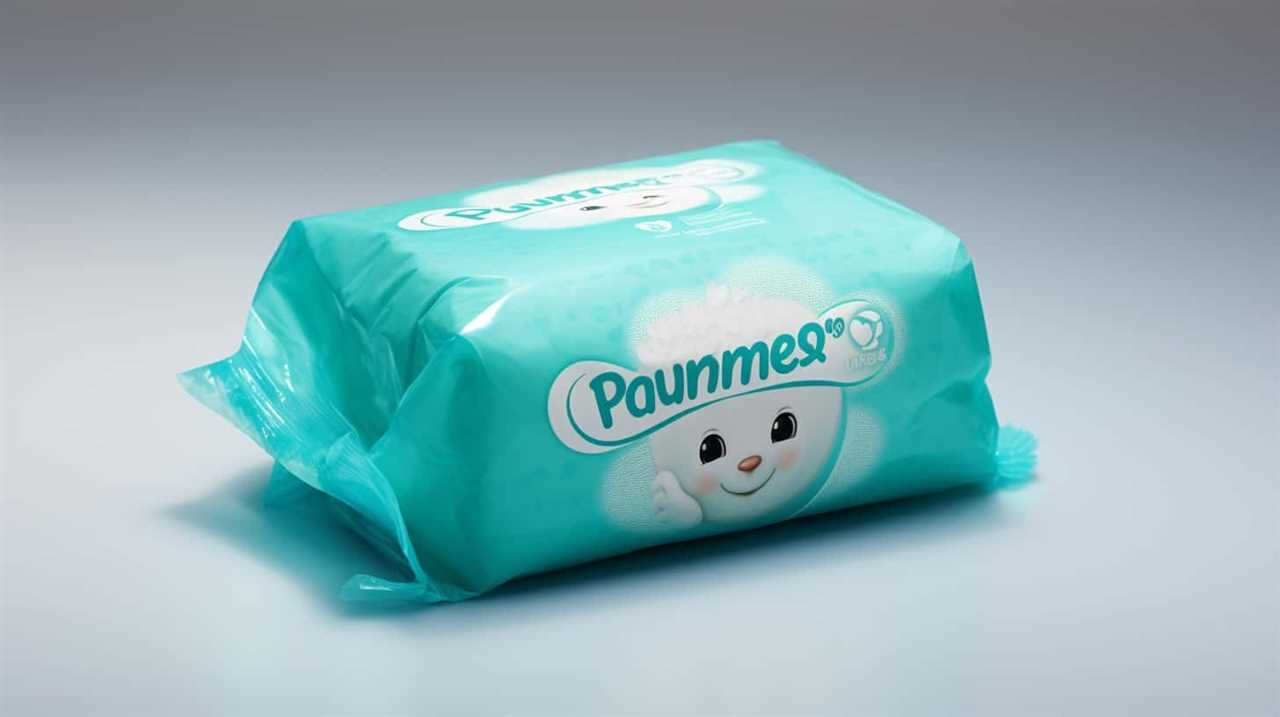
Despite the maintenance it requires, its ability to prevent clogs and protect your plumbing system can’t be overlooked.
While some may argue that floor traps are unnecessary expenses, the long-term savings and peace of mind they provide make them a worthwhile investment.
By ensuring proper maintenance, floor traps can effectively safeguard your home from potential plumbing issues and maintain a healthy living environment.







